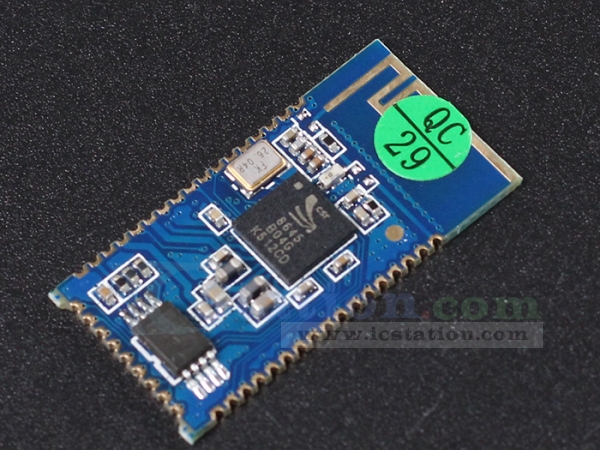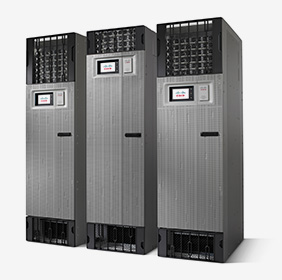http://www.diyaudio.com/forums/pc-based/281417-moode-vs-volumio-vs-runeaudio.html
Year: 2017
Hifiberry Digi + Openelec 4.0.x – HiFiBerry
https://support.hifiberry.com/hc/en-us/community/posts/201491272-Hifiberry-Digi-Openelec-4-0-x
Installing and configuring the HiFiBerry DAC | HiFiBerry
https://www.hifiberry.com/build/documentation/hifiberry-software-configuration/
HIFI DAC+ Digi+ in Koli/OpenElec – raspberry pi wiki
http://www.raspberrypiwiki.com/index.php/HIFI_DAC%2B_Digi%2B_in_Koli/OpenElec
Pierre Lallement
CSR8645 ROM configuration tool – diyAudio
GitHub – lorf/csr-spi-ftdi: USB SPI programmer/debugger for CSR BlueCore bluetooth chips, based on FTDI USB to UART converter, for Linux and Windows
Programming off the shelf CSR8635 module – Page 1
I recently bought a cheapie Bluetooth -> Stereo amplifier board. It works pretty well for what I need and I’m thinking about buying another. Unfortunately the device comes with “SANWU Audio” as the hard-coded BT device name. I’d like to change that to something nicer like “JamBox”, especially if I’m going to have two of these sweetpeas.
Has anyone had experience with re/programming these modules?
My stereo amplifier had this soldered on to it: http://www.dx.com/p/csr8635-2-channel-bluetooth-v4-0-module-black-blue-368089
Possible pinout for module: http://g04.s.alicdn.com/kf/HTB1Med2FVXXXXaIXFXXq6xXFXXXJ/220226238/HTB1Med2FVXXXXaIXFXXq6xXFXXXJ.jpg
I’m starting to think the “Debug SPI” on the chip (PDF: http://www.csr.com/sites/default/files/csr8635_qfn_technical_overview.pdf) isn’t exposed on the outside pins…
Wholesale CSR8635 Bluetooth speaker module with serial interface – Alibaba.com
Source: Wholesale CSR8635 Bluetooth speaker module with serial interface – Alibaba.com
xubuntu – How to reset Zoneminder password? – Ask Ubuntu
https://askubuntu.com/questions/110841/how-to-reset-zoneminder-password
how to assign static IP on a switch – 14861 – The Cisco Learning Network
As you may know there are layer 2 and layer 3 switches. A layer 2 switch only does layer 2 fowarding, as such it doesn’t have any additional ip interfaces. On a layer 2 switch the ip address is instead assigned to the vlan interface:
config t
interface vlan 1
ip address 192.168.1.1 255.255.255.0
* Note on a L2 switch you can assign an ip to any vlan you want (vlan 1, vlan 2, vlan 4000). You can only assign an ip address to one vlan at a time on a l2 switch. If you configured an ip on a vlan and then try to assign an ip to another vlan…the switch will shut down the first vlan and bring up the second vlan interface)*
On a L3 switch you can have multiple ip interfances. Unlike a L2 switch, an L3 switch can have static ip addresses on multiple vlan interfaces (configuration is the same as the above example). In addtion unlike L2 swithes a L3 switch can have a static ip address assigned to any one of its fastethernet (fa0/1) or gig ethernet ports (gi0/1).
Config t
int fa0/1
ip address 192.168.1.1 255.255.255.0
description *** Assigning an ip address to a physical fast ethernet port on the switch***
int vlan 1
ip address 192.168.2.1 255.255.255.0
description *** Assigning an ip address to the virtual (vlan) interface on the switch ***
int vlan 2
ip address 192.168.3.1 255.255.255.0
description *** Assigning an ip address to another virtual (vlan) interface on the switch ***
Note that although you can assign multiple ip addresses on a L3 switche’s physical (e.g. fa0/1 fa0/2 gi0/1) or virtual (vlan 1, vlan 3, vlan 3000, or a loopback lo1, lo2,lo3), all of the ip address must be in different networks. If subnetting is used, the interfaces belonging to the same switch must have a different subnet mask.
Example
int fa0/1
ip address 192.168.1.1 255.255.255.252
description *** This interface is on the 192.168.1.0/30 network ***
int fa0/2
ip address 192.168.1.5 255.255.255.252
description *** This interface is on the 192.168.1.4/30 network***
int vlan 1
ip address 192.168.9 255.255.255.252
description *** This interface is on the 192.168.1.8/30 network ***
HTH
Source: how to assign static IP on a switch – 14861 – The Cisco Learning Network
Basic Router Configuration [Support] – Cisco Systems
Viewing the Default Configuration
Information Needed for Configuration
Configure Fast Ethernet LAN Interfaces
Configure the Fast Ethernet WAN Interface
Configure the ATM WAN Interface
Configure the Wireless Interface
Configuring a Loopback Interface
Configuring Command-Line Access to the Router
Source: Basic Router Configuration [Support] – Cisco Systems

